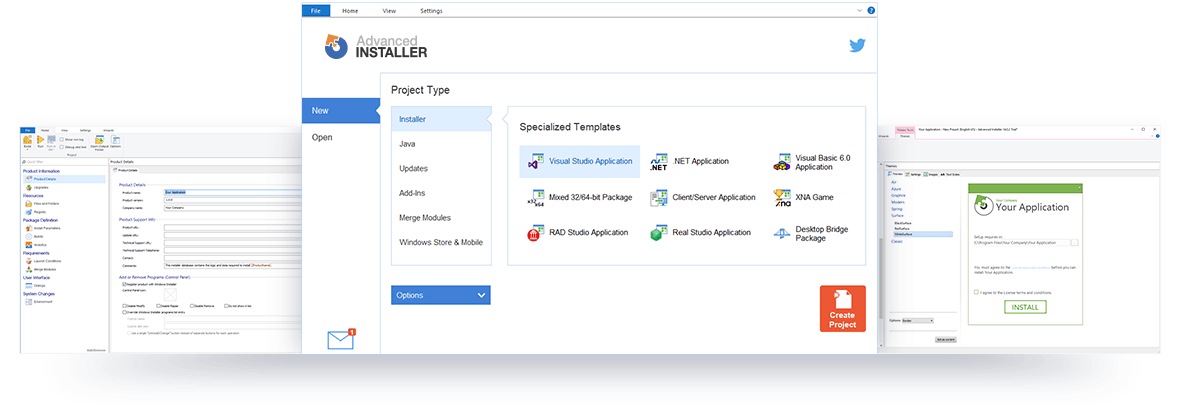

The first digit specifies the interchange rules, the second specifies authorization processing and the third specifies the range of services. Usually, but not always, matches the credit card number printed on the front of the card.

Start sentinel - one character (generally ‘%’).Reserved for use by ANSI Subcommittee X3B10 and N-Z, which are available for use by individual card issuers.Reserved for proprietary use of the card issuer.Information on track 1 on financial cards is contained in several formats.

Written with the code DEC sixbit or six-bit character code plus odd parity.Also the only track that contains the cardholder’s name.The only track that may contain alphabetic text.Sometimes both in case one of the tracks is unreadable. Point of Sale card readers usually read track 1, or track 2.It is often that track 3 is not even physically present on the card itself.Track 3 is virtually unused by the major worldwide networks such as Visa.These tracks are known as track 1, track 2 and track 3. There are 3 tracks on magnetic cards used for financial transactions. MagCard Write/Read Utility Program to encode cards. These tracks can be erased by strong Neodymium magnets. Track 2 was developed by the banking industry and written with 5-bit scheme. Track 1 has higher bit density, is the only track that can contain text and name. Point of Sale card readers usually read track 1 or 2. Magnetic stripe card tracks: There are 3 tracks on magnetic cards used for financial transactions – track 1, 2, and 3.


 0 kommentar(er)
0 kommentar(er)
